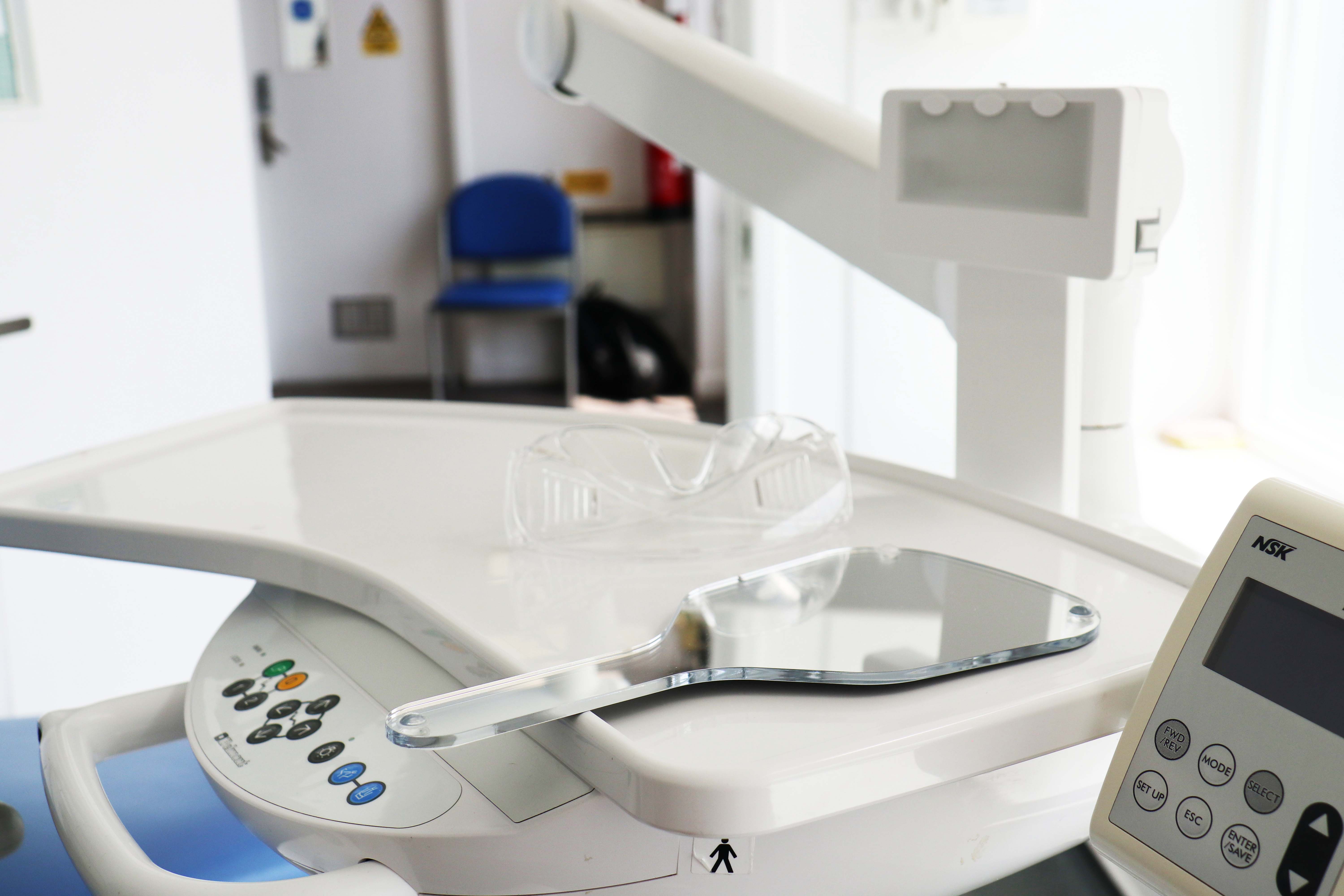Sexual misconduct in dentistry
The review identified and evaluated the literature relating to sexual misconduct in dentistry. Researchers from the University of Manchester highlighted the need for systemic change to address sexual misconduct, and to prioritise new UK research that will provide a deeper understanding of experiences and interventions.
Researchers also noted an absence of UK literature, with the majority of publications coming from the USA. Further, researchers did not find any studies that considered patient experiences of sexual misconduct, although studies detailing the risks and potential impacts were cited in the review.
Sexual misconduct can include a range of unwelcome behaviours, including unwanted sexual attention, sexual coercion and gender harassment. It can include verbal, nonverbal, or physical actions that create a hostile or intimidating working environment, interfering with an individual’s work performance.
Findings from the literature review included:
- Sexual misconduct has been significantly under-reported in dentistry. Victims were reluctant to report for reasons including unclear reporting pathways, fear of reprisal and lack of trust in administrative support.
- The prevalence of sexual misconduct in dentistry ranged from 5% to 48%, depending on the population and context reported in the studies; the one UK survey of dental professionals and students reported that 41% and 39% of respondents had experienced or witnessed sexual misconduct respectively. Verbal misconduct and physical contact were the most frequently reported types of sexual misconduct.
- Factors contributing to sexual misconduct and under-reporting include hierarchical power dynamics, informal workplace gatherings that involve alcohol, a lack of clear reporting mechanisms, lack of trust in outcomes, and fear of retaliation for reporting.
- Men were disproportionately identified as perpetrators, with male dentists and patients the most frequently implicated.
The review identified impact considerations, which included:
- Emotional trauma amongst victims.
- Professional disengagement of victims.
- Decline in workplace staff morale.
- Patient loss and risk of organisational reputational damage.
- Legal consequences for organisations.
- Overall decline in public trust in the dental professions.
Recommended responses identified through the review included:
- Creating explicit standards with respect to sexual misconduct.
- Developing training for dental professionals in setting boundaries, identifying sexual misconduct and managing instances of sexual misconduct.
- Ensuring clear and accessible reporting pathways.
Read the Rapid Evidence Assessment: Sexual misconduct in dentistry.
- Professionalism

 eGDC
eGDC